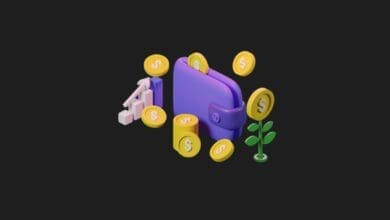
Frequently Asked Questions About Web 3.0
The need to address frequently asked questions (FAQs) about Web3 underscores the importance of clarifying concerns about its operation, functionality, and value. Blockchain solutions have paved the way for Web3’s development, and increasing investments in this area indicate promising outcomes for the future.
The significant surge in investments in blockchain-based startups in 2021 demonstrates the substantial growth in the Web3 space. In 2020, around $2.1 billion was invested in blockchain startups, but by 2021, that figure skyrocketed to $17 billion—a clear indication of the sector’s momentum. Additionally, 2022 showed further promise for blockchain technologies, with approximately $450 million invested in the Polygon blockchain network. Similarly, the Web3 developer platform Alchemy attracted nearly $200 million in investments, underscoring the rising interest in Web3 development and the growing need for FAQs on the topic.
These FAQs are vital not only for beginners but also for business leaders, decision-makers, and senior executives. They help clear up uncertainties about Web3 and its potential applications. Below are some of the most important FAQs related to Web3.
What is Web3?

The first question in any Web3 FAQ typically addresses its definition. Web3 is often described as the third generation of the internet, where users gain full control over their data. Technically, it encompasses a set of technologies that promote decentralization, transparency, and fairness in how the internet is used.
Web3 aims to shape the future of the internet through peer-to-peer networks, such as distributed storage systems and blockchain technology. Blockchain networks, in particular, support smart contracts that enable transactions to occur without relying on intermediaries or personal trust. The decentralized, end-to-end infrastructure that Web3 technologies pursue challenges traditional centralized models for creating, storing, sharing, and monetizing data.
What is the necessity of Web3?

Discussions in a Web3 tutorial typically begin with an overview of the previous stages in internet history. The earlier generations of the web, such as Web1 and Web2, highlight the need for Web3 today.
Web 1.0, the first iteration of the internet, consisted primarily of static websites designed for information dissemination. The subsequent phase, Web2, introduced user-generated content, allowing individuals to contribute their own content to the web.
Web 2.0 has significantly expanded user-generated content and facilitated e-commerce applications. However, it has faced criticism due to concerns about data privacy and the protection of users’ digital identities. Major tech companies have exerted control over users’ content, often using it for profit. This has created a clear demand for a decentralized version of the web, where users have control over their own data.
Can Web3 move away from full decentralization?

Web3’s primary goal is to create a decentralized internet. It aims to achieve this by integrating three key elements: distributed ledger technologies, cryptocurrencies, and NFTs, as well as DAOs. Distributed ledger technologies, such as blockchain networks, eliminate the need for reliance on centralized servers for data storage and application management.
Additionally, common Web3 FAQs often highlight cryptocurrencies and NFTs as crucial components of Web3. Cryptocurrencies and NFTs provide the necessary framework for ownership and payment within the Web3 ecosystem. Another important feature of Web3 that ensures full decentralization is the concept of DAOs. Decentralized Autonomous Organizations (DAOs) are community-driven governance structures that use blockchain-based smart contracts to transparently encode rules and processes.
What are the use cases of Web3?

Frequently asked questions about Web3 often highlight its potential use cases. Interestingly, Web3 will cover a broader range of applications, offering new opportunities across various industries. Some of the most notable use cases include DAOs, DeFi, the metaverse, NFTs, dApps, and CBDCs. Each of these offers promising prospects for the future of web technologies.
For example, DAOs could bring about radical changes in how organizations manage their business processes and transactions. Likewise, DeFi has the potential to revolutionize traditional methods of accessing financial services. NFTs and the metaverse are two particularly powerful Web3 use cases, providing a glimpse of what the future of Web3 might look like. NFTs can redefine traditional concepts of asset ownership, while the metaverse introduces the concept of a three-dimensional internet.
What are the key features of Web3?
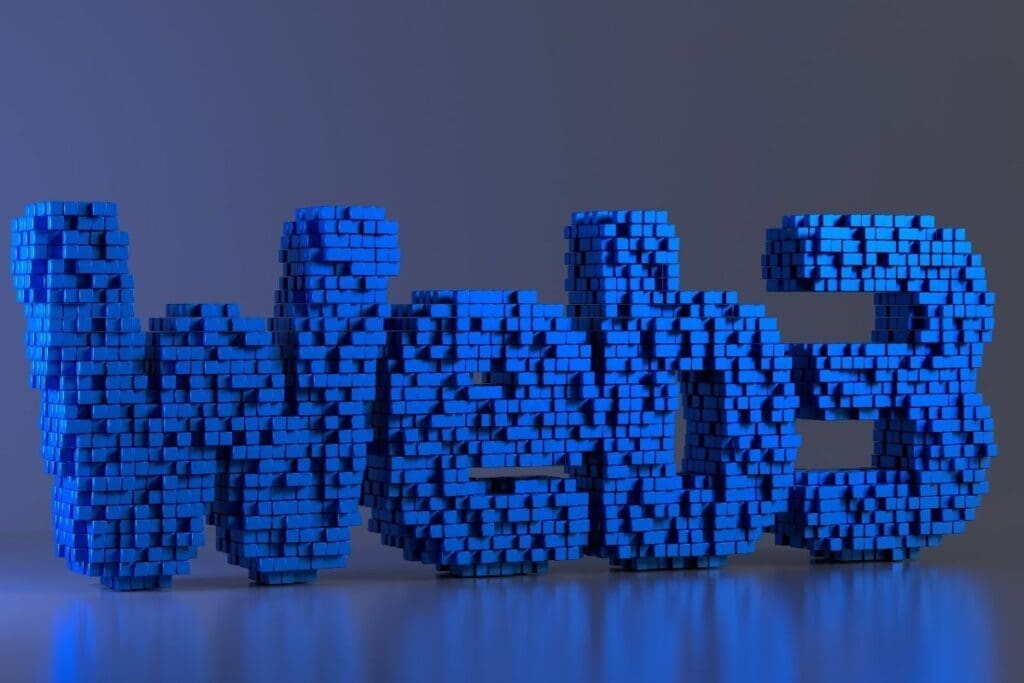
The features of Web3 are a key focus in Web3 FAQs, helping to clarify what Web3 entails. Decentralization is one of the most prominent features of Web3. Additionally, other characteristics include the semantic web, 3D graphics, spatial computing, accessibility, and the integration of AI and ML technologies.
The semantic web aspect of Web3 enhances communication between machines and users by improving how data is linked and interpreted. Web3 also offers ubiquitous accessibility, making it more available across various devices and platforms. The incorporation of 3D graphics creates a more immersive and engaging user experience. Furthermore, the integration of AI and ML technologies in Web3 facilitates better interaction and coordination between machines and users, as well as ongoing advancements in Web3 technologies.
What is a DAO?
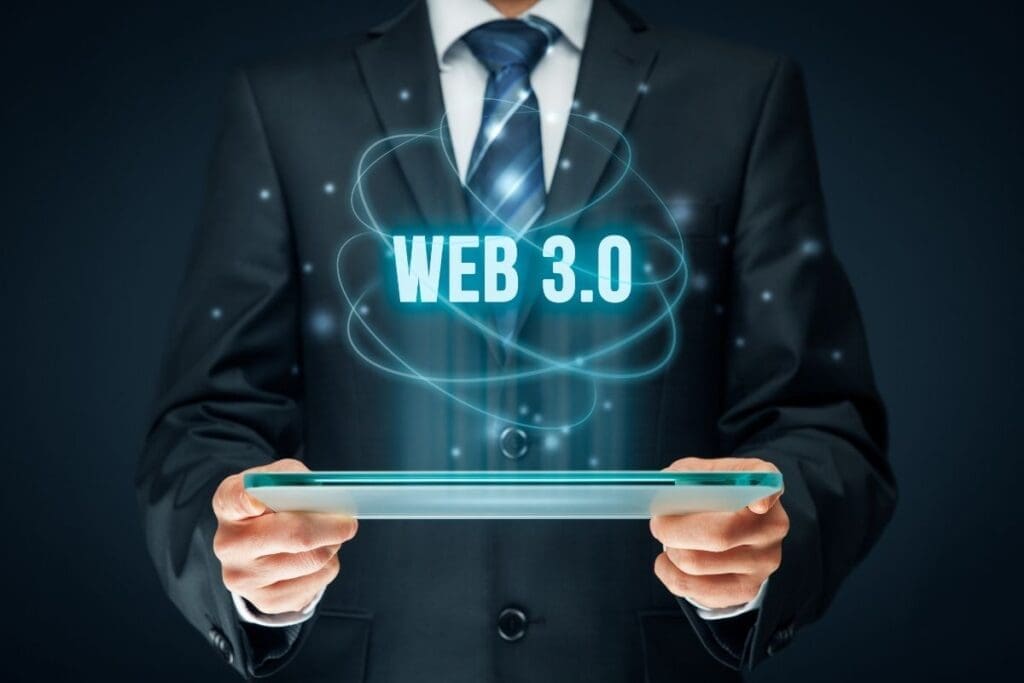
DAOs, or Decentralized Autonomous Organizations, are a significant topic in Web3 discussions. DAOs represent communities formed around shared goals that leverage Web3 technologies. These communities govern DAOs using various models, which can influence their operations and decision-making processes.
The role of DAOs in Web3 highlights their potential to shape the future of decentralized organizations. Notable examples of DAOs include DeFi DAOs, which focus on decentralized finance, grant DAOs that manage funding for projects, philanthropic DAOs dedicated to charitable causes, and service DAOs that offer various services. Each type of DAO demonstrates how decentralized governance can be applied in different contexts within the Web3 ecosystem.
What are the benefits of Web 3.0?
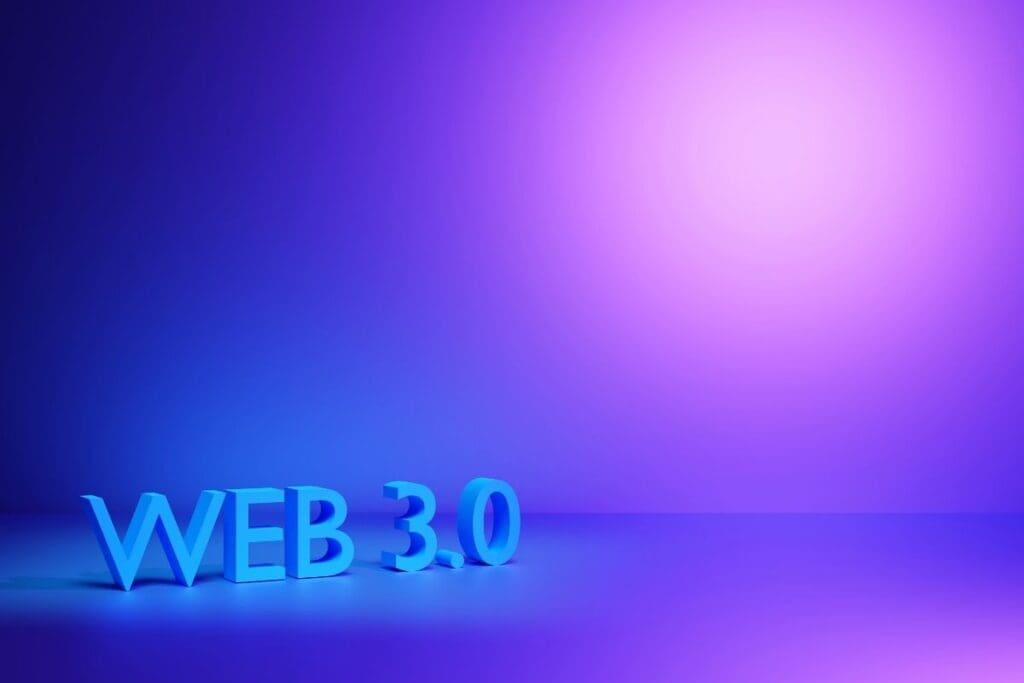
A review of any Web3 tutorial will reveal several key benefits that Web3 offers. One major advantage is its ability to customize the internet experience according to user preferences. By leveraging blockchain technology, Web3 can diminish the control exerted by tech giants, granting users full ownership of their data.
Unlike big tech companies like Amazon and Facebook, which store personal information to enhance targeted marketing, Web3 provides a solution to centralized data management. Users can interact, share data, and conduct transactions privately without relying on third-party organizations. Additionally, Web3 supports the growth of a creator economy and enables exclusive ownership of digital assets, further enhancing its value and appeal.
What are Web3 applications?

For beginners seeking clarity on Web3, it’s important to understand the distinction between Web3 applications and dApps. Interestingly, there is minimal difference between the two. Web3 utilizes decentralized applications (dApps), which depend on smart contracts, to ensure a fully decentralized internet.
Web3 applications function similarly to traditional apps and software; the main difference lies in their decentralized and transparent approach. In Web3, smart contracts replace intermediaries, enabling the efficient verification and execution of transactions between users without relying on centralized entities.
How are NFTs beneficial for web3?
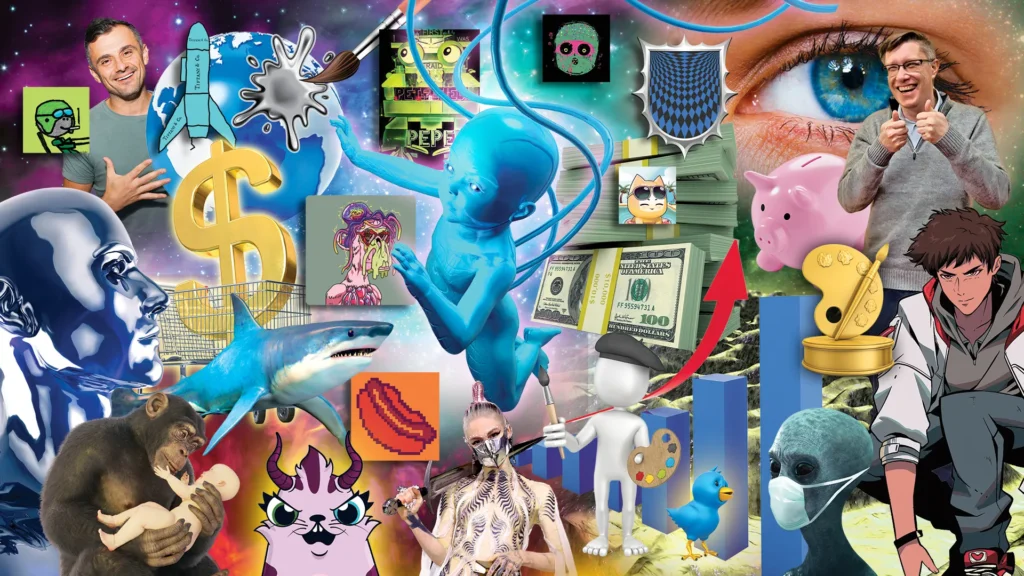
Non-fungible tokens (NFTs) are a crucial component of the Web3 ecosystem. Their role and applications are often highlighted in FAQs about Web3. NFTs represent digital assets like videos, audio files, and images, with each asset being tokenized on a blockchain network. This tokenization provides a verifiable record of ownership, allowing the digital asset to be traced back to its current owner and any previous owners.
The primary function of NFTs is to offer immutable proof of ownership, which underpins most NFT use cases. In Web3, NFTs ensure genuine ownership of digital assets. They can serve various purposes, such as acting as keys to access exclusive communities like DAOs or as tickets for events and training sessions.
What is the difference between metaverse and web3?

Web3 and the metaverse are often discussed together due to their close relationship, but they refer to different concepts. The metaverse represents the virtual, interconnected world that will serve as the front end of the future internet. In contrast, Web3 defines the backend, driven by a decentralized blockchain ecosystem.
Web3 will lay the groundwork for a unique digital economy supported by Web3 technologies, cryptocurrencies, and NFTs. This ecosystem will enable the development of a creator economy, offering diverse transactions and experiences within the metaverse. Thus, envisioning the metaverse without Web3, or Web3 without the metaverse, is challenging because they are inherently intertwined.
How can Web3 drive innovation?
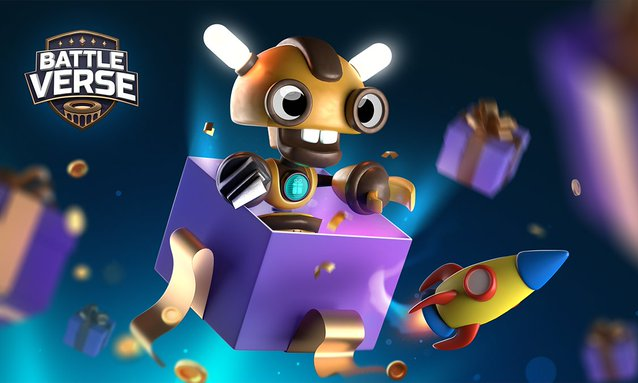
The real-world applications of Web3 highlight its potential for driving innovation and creating new opportunities. Web3 is poised to revolutionize various sectors, with DAOs (Decentralized Autonomous Organizations) playing a key role. DAOs can usher in the next generation of businesses by leveling the playing field and addressing competition issues with big tech giants. They also promote community-driven action and participation.
Web3’s capabilities extend to enhancing crowdfunding efforts, decentralizing control, and innovating strategies for launching global social movements. Its ability to empower users with true data ownership could also pave the way for advancements in open banking. Additionally, Web3 applications can utilize smart contracts to improve and streamline supply chain management processes.
What is the impact of Web3 on the creator economy?

The relationship between the creator economy and Web3 is a key topic in Web3 FAQs. In the Web2 era, creators often depend on sponsorships, advertisements, and affiliate deals for revenue. However, this model lacks direct trust and control between content creators and their audiences. Web3 offers a new framework for the creator economy by enabling creators to build and manage ownership over their communities.
Web3 enhances the creator economy through features like NFTs, which provide unique identities for creators and their work. This system allows creators full control over their monetization opportunities, including benefits from royalty payments. Furthermore, NFTs and smart contracts enable transparent tracking of royalty commissions and sales, giving creators greater control and financial benefit from their digital content.
What are the potential challenges for Web3?

The opportunities presented by Web3 have generated significant interest in adopting new Web3 technologies. However, the frequently asked questions about Web3 also highlight several challenges.
One major concern is the transparency and integration of blockchain technologies. While Web3 aims to enhance transparency, achieving full interconnection across various blockchain platforms can be complex.
Another significant challenge is the protection of personal data. Although Web3 empowers users with control over their data, it also places the responsibility of securing that data squarely on the users. Individuals must ensure the safety of their assets and personal information.
Additionally, the future of Web3 is influenced by technical and sustainability issues. Key challenges include scalability and energy consumption, which must be addressed to support the continued growth and efficiency of Web3 technologies.
Result Context : WEB3 FAQs

The overview of FAQs on Web3 highlights its pivotal role in advancing the internet. Web3 offers significant benefits, such as decentralization and the semantic web, which build on and improve upon existing Web2 technologies and networks. Grounded in blockchain and smart contract foundations, Web3 also receives substantial support through NFTs.
As Web3 continues to evolve, it’s crucial to address fundamental questions and clarify any doubts. Frequently asked questions not only provide effective solutions but also help dispel common misconceptions about Web3, ensuring a clearer understanding of its principles and potential.
You may also like this content
- Differences Between Web3 and Metaverse
- Most Popular Web3 Apps in 2025
- What is DeSci? What You Need to Know About Decentralized Science!
Follow us on TWITTER (X) and be instantly informed about the latest developments…








